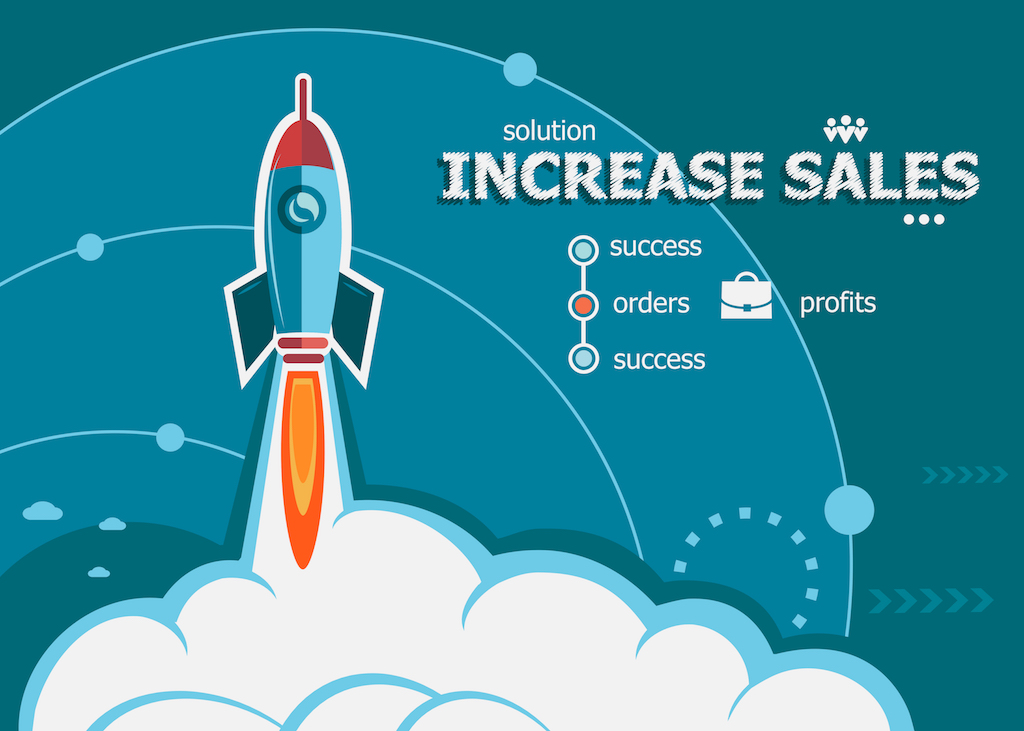Businesses can accelerate their commercial success by switching to electric vehicles, says Geotab’s David Savage.
Paying for petrol or diesel has gotten a lot of people counting their cents over the past year.
Businesses of all sizes are feeling the pinch due to increase in fuel costs, so business owners should be making sure they do not blow their profits out their exhausts and also ensure they do not rule out switching to an electric vehicle (EV) simply because of the upfront cost.
“There has never been a better time for business owners with commercial vehicles to take a step back and review their fleet performance, regardless of whether they are considering a switch to EVs or not”
There is clearly an issue as Ireland is lagging behind in terms of EV adoption by the business community.
In 2023 to date for example, sales of electric light commercial vehicles only accounted for 2.76% year-to-date, with petrol and diesel vehicles accounting for a mammoth 97% of sales in 2023 thus far. If Ireland is to meet its carbon emissions reduction targets, this will have to change.
The total cost of ownership of a commercial vehicle extends beyond what people are paying at a petrol pump. The same vehicle could cost one company far more than another business because of driving habits and maintenance issues. This can become a pain if a vehicle is out of commission as suddenly the company can see a huge drop in productivity; simply because they are unable to travel to complete a job.
What gets measured gets managed
The solution is telematics – the use of sensors, data and the Internet of Things to let people judge a vehicle’s performance.
Telematics gives a business owner a dashboard view of every aspect of a vehicle’s operation and an overview of their overall fleet’s performance. Just looking at it through the lens of SMR (service, maintenance and repair), utilising key data reporting makes it possible to avoid costly periods of vehicle downtime as a result of not spotting potential vehicle issues. Getting insights on areas like engine data will help keep vehicles on the road, safer, compliant and profitable for the business longer.
Telematics can also help business owners understand where improvements can be made in accident prevention measures and driver safety standards. For example, you can use Geotab software to identify speeding, harsh braking and other dangerous behaviours so you can remedy bad driving practices. Managing risky driving behaviour before it results in a collision can literally save thousands of euros – and also, potentially, lives.
The same applies for fleet management. You can track and compare under or over-utilised vehicles to make the most of your fleet. This – combined with other gauges of vehicle performance – means you can identify and fix small issues before they become major headaches, resulting in vehicles being taken off the road.
Businesses that see a lot of repetitive journeys – like courier companies or maintenance crews – can take things a step further again by optimising route usage and introducing practices to help drivers find the most efficient way to carry out their duties, saving on fuel costs in the process.
Telematics is also going to be a crucial feature in the transition to Electric Vehicles. Many business owners are weighing up the costs of making the switch right now. In many cases, they are being put off by the upfront costs of purchasing an EV or due to range anxiety as a result of the relative lack of EV infrastructure in Ireland. This is borne out by light commercial vehicle sales data which shows that EVs account for 2.5% of annual sales compared to petrol or diesel models which make up 96% of sales this year in Ireland.
Savings per vehicle
Geotab conducted a European wide study that examined the driving patterns of 46,000 connected internal combustion engine (ICE) vehicles from 17 countries using our Electric Vehicle Suitability Assessment tool (EVSA).
The study, Profitable Sustainability: The Potential of European Fleet Electrification, reviewed the operational cost and environmental impact of traditional petrol and diesel light commercial vehicles (including passenger vehicles, SUVs, minivans and light-commercial vans) and compared them with their battery electric counterparts. According to the data, fleet owners could expect to see average savings of €9,508 per vehicle over a seven-year period even without factoring in savings from government incentives.
When it comes to how organisations could be using current EV models within their fleets, the research also revealed that 86% of fleet range needs can be satisfied by an EV for 98% of the time. This indicates that range anxiety, a long-standing counterpoint against EV adoption, is far less of a concern for the majority of today’s light-commercial fleet applications.
Telematics data is crucial in terms of answering the key questions a business may have when considering electrifying their fleet. Through analysing driving behaviour, Geotab’s EVSA identifies which existing vehicles are a good fit for electrification, suggests suitable EV replacement models and quantifies how much the organisation can save in both cost and potential carbon emission reductions. It demonstrates the value of EVs, no matter where organisations are in their decarbonisation journey.
There has never been a better time for business owners with commercial vehicles to take a step back and review their fleet performance, regardless of whether they are considering a switch to EVs or not. Like any mystery, a detective can only solve a mystery if he has found all the clues and without telematics, business owners are only taking a shot in the dark when making informed decisions.






